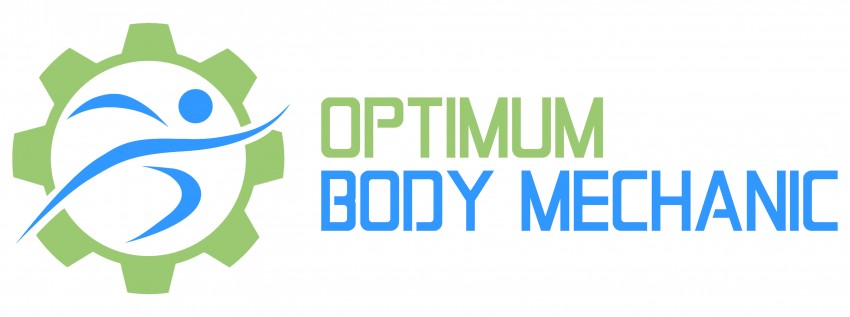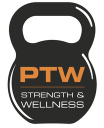
Optimum Body Mechanic – Week 10
This week Venard describes a simple procedure to reduce calf tightness and the consequences this common issue can have.
“A lot of clients that present in clinic have very interesting cases and causes. But a few regular and common cases do occur. One such one is a lady that presented last week with calf tightness. The onset was a few days prior to seeing me and was after a Pilates class, which she has attended for a while. Highly unlikely that it was Pilates that triggered it, more likely it was the movement or how she was set up to do that particular movement that triggered it.
On assessment, her calf was tight and very overactive. She also mentions it also bothers her when walking. So we assessed her walking pattern. Bingo! In walking, her body was unable to use her glute. Even with concentrating on it, it still would not activate.
Walking is a really complex movement for the body and the glutes are very important in extending the hip and pushing the hips forward. So her calf was doing two jobs, the job of a calf plus the job of the glute! No wonder it was tight and grumpy!
With her it was a release of her calf and some glute activation exercises”
If you suffer from a tight calf, it may be very likely that it is doing the job of the same sided glute. Both work as a pair in walking.
Very noticeable (definitely from the outside) if you train regularly. Common presentations are:
– Coming up on your toes when ascending from a squat.
– Weight shift to the front of your feet and arching the lower back when deadlifting.
– Weight shift forwards onto toes in a kettlebell swing.
Try this:
– Gentle massage of the calf to relieve the tension. This isn’t a man points/pride/ego thing of how much pain you can take. Usually takes a few minutes to release.
– Once the calf has released, clench that same sided butt cheek to activate it.
– If both calves are tight or get tight, then it’s best to check in with a qualified professional and get further assessing.
Give it a go and let us know how you get on, and if your symptoms improve.
“Stay strong, stay healthy”
Team PTW
